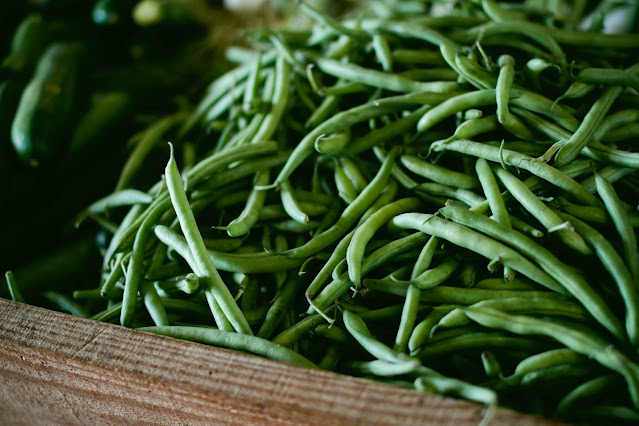
Beans are a type of plant that belong to the family Fabaceae. They are characterized by their elongated pods, which contain the seeds or "beans." Beans are annual plants, which means they complete their life cycle in one year. They can grow as either bushes or vines, depending on the variety.
The plants have compound leaves with leaflets arranged in groups of three. Beans come in many varieties, including green beans, kidney beans, pinto beans, black beans, and chickpeas.
Beans are typically classified as legumes, as they have the ability to fix nitrogen in the soil, which makes them beneficial for crop rotation and soil fertility. They are also known for their high protein content, making them an important source of nutrition for many cultures around the world.
As plants, beans typically grow as climbing vines or bushy plants, depending on the variety. Climbing beans have long, twining stems that need support for vertical growth, while bush beans have shorter, compact plants that do not require support. They produce beautiful white or purple flowers, which eventually develop into pods containing the beans.
Beans are usually grown in warm to temperate climates, and they require well-drained soil and full sun exposure to thrive. They can be cultivated as annuals, meaning they complete their life cycle in a single growing season, or as perennials in regions with milder winters.
To grow beans, seeds are usually planted directly in the soil after the danger of frost has passed. They should be spaced several inches apart to allow for proper growth. As the plants emerge and grow, it's important to provide them with adequate water and occasional fertilization to support their development.
Beans are typically harvested when the pods are fully mature but not yet dried out. This is when they are most tender and flavorful. If the goal is to grow dried beans, the pods are left on the plant until they turn brown and dry out completely.
In addition to their nutritional value, beans are also praised for their versatility in cooking. They can be cooked and enjoyed on their own as a side dish, added to soups, stews, or salads, or even processed into spreads like hummus. They are a staple ingredient in many cuisines around the world, providing a rich source of fiber, protein, and other essential nutrients.